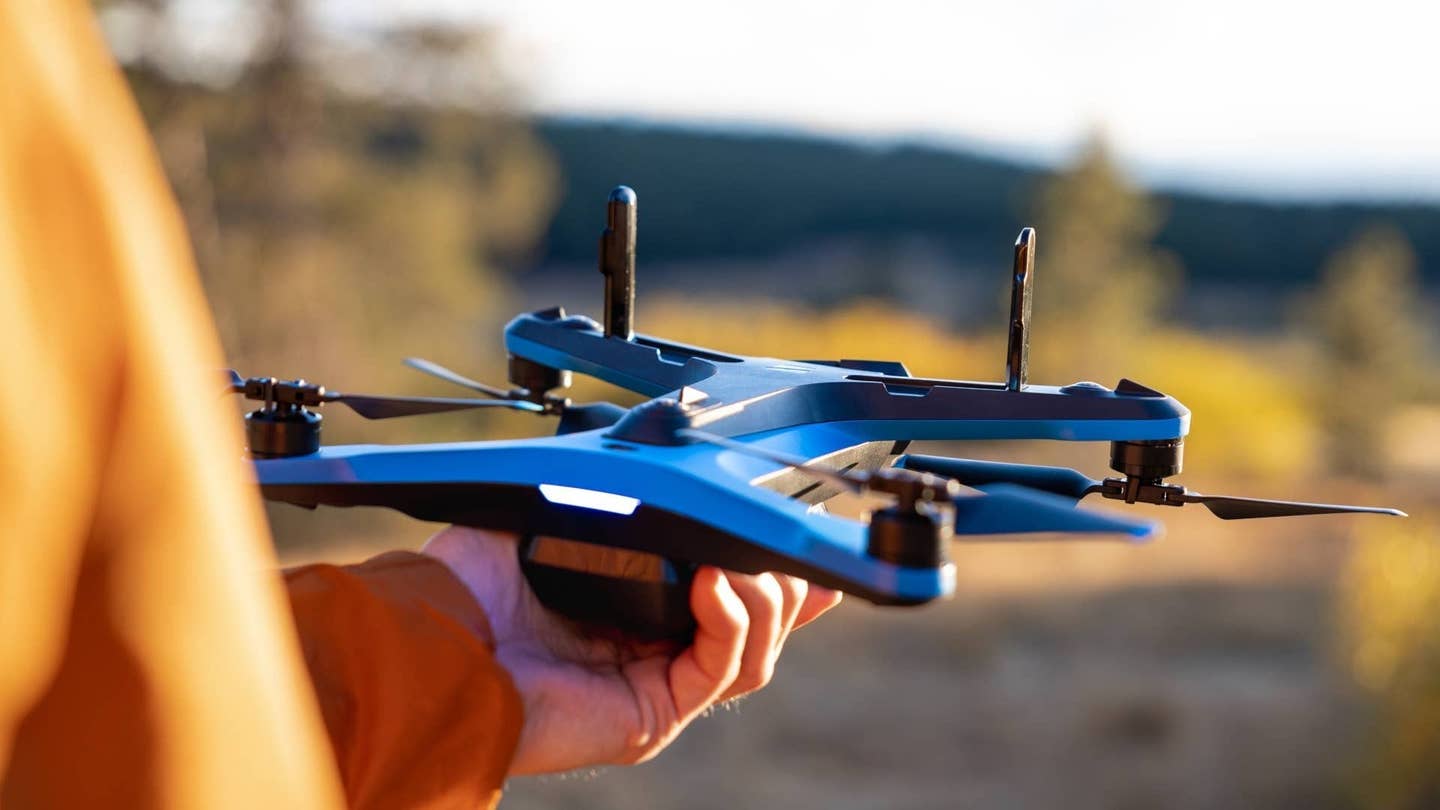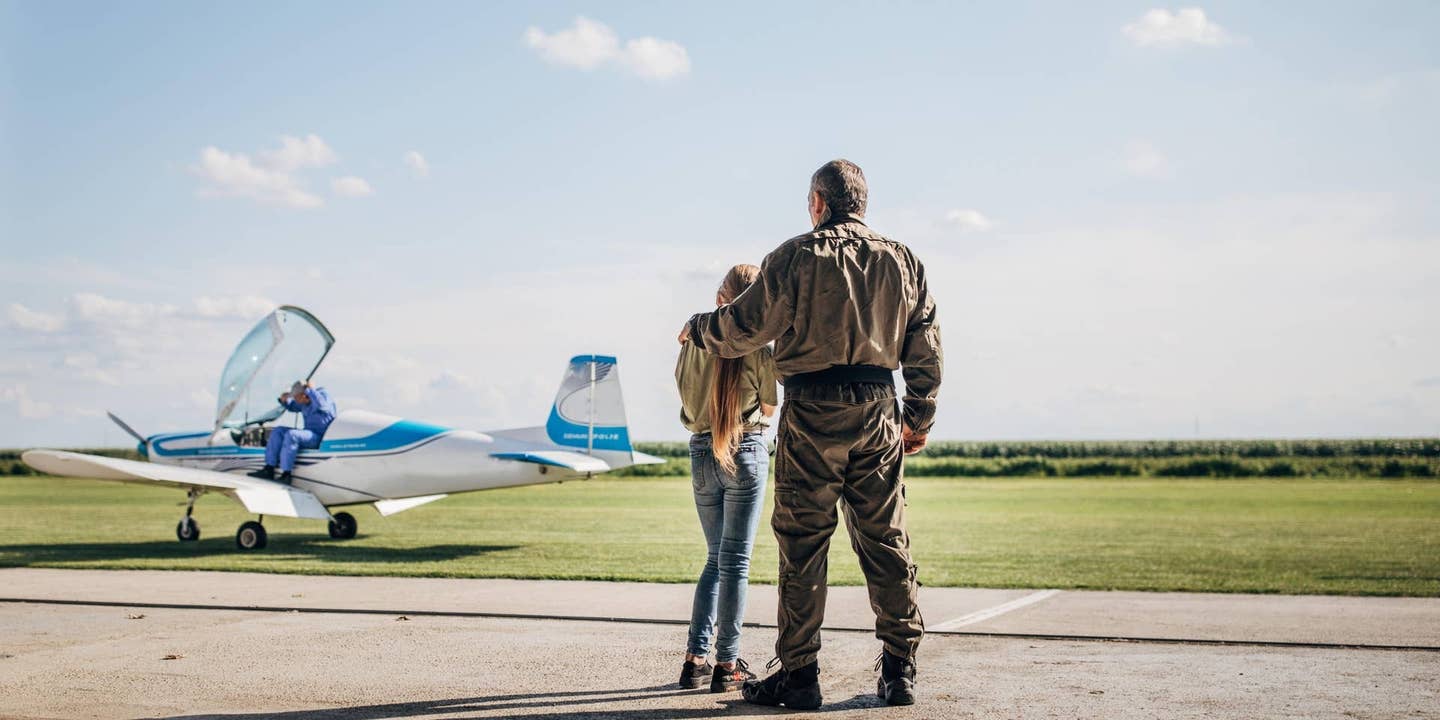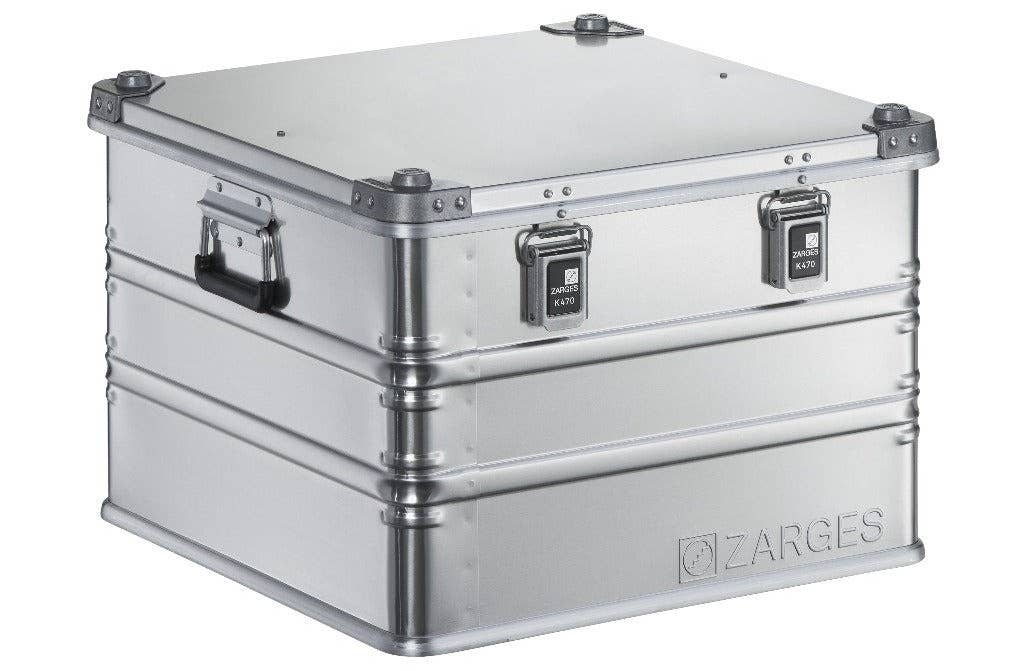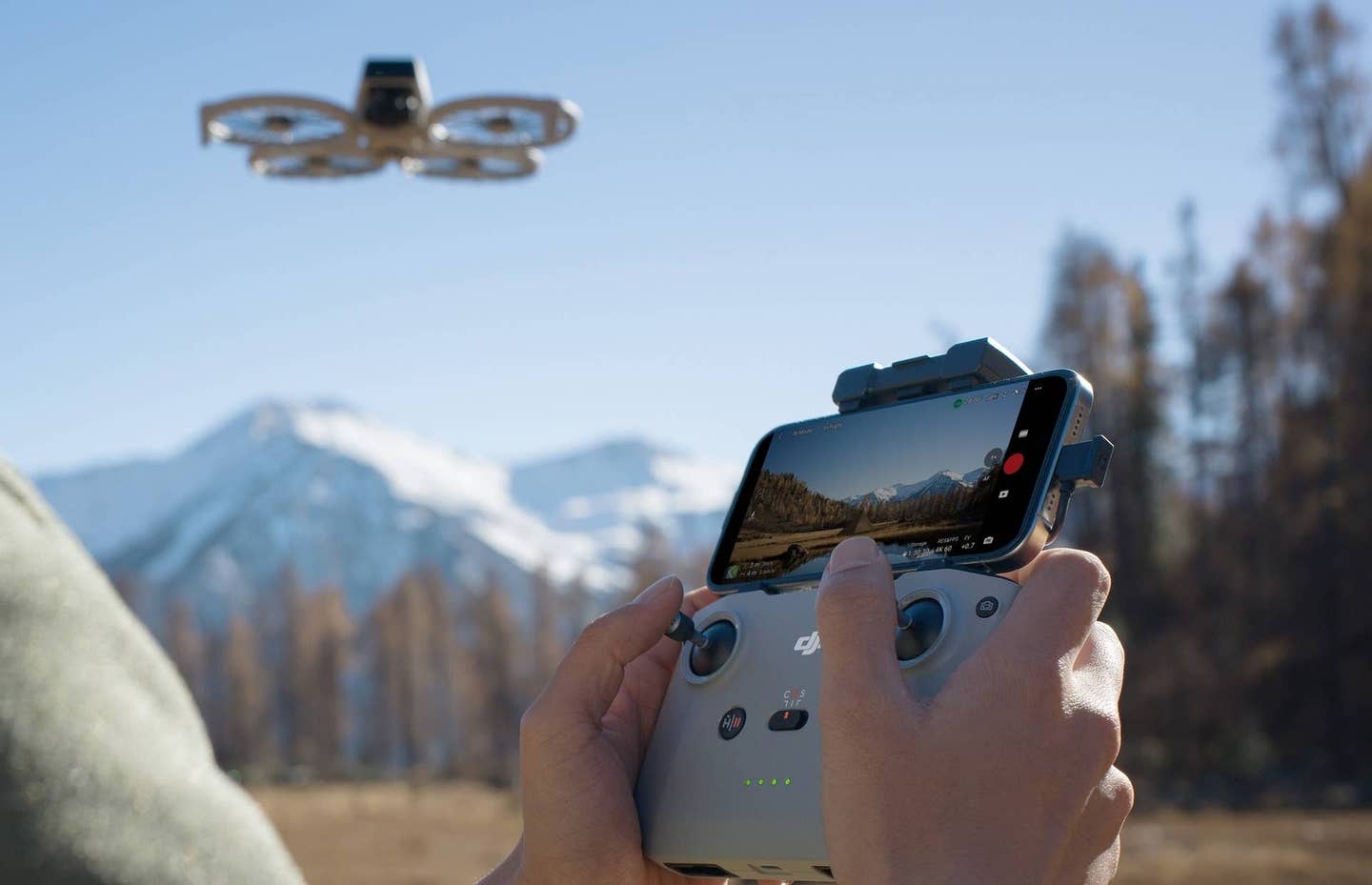What to Put in an Airplane’s Emergency Kit
Here’s how to assemble the gear needed to handle any unexpected problems that arise during a flight.

An emergency kit is like an insurance policy. You might not need it, but in case you do, you’ll be happy to have it. [Photo by Meg Godlewski | FLYING]
A big part of becoming a pilot is learning how to handle emergency situations. Flying is statistically the safest form of transportation, but it doesn’t come without risk. Part of being a safety professional is understanding these risks and preparing for the possibility that things could go wrong.
In commercial aviation, rules about what supplies have to be on board an airplane are highly regulated. However, in general aviation, it’s mostly up to the pilot and aircraft owner to decide what emergency gear to carry. Putting together a well-stocked emergency kit will not only provide some peace of mind, it will also ensure you’re better prepared to handle unexpected problems that can come up in flight.
Essential Items
When deciding what to include in your airplane emergency kit, keep in mind what makes the most sense for the type of flying you’re doing. Depending on the aircraft, trip distance, terrain, weather, and personal needs, you may have different priorities than other pilots.
With limited cargo space and weight allowance, you may have to be selective about which items are nice to have and which are nonnegotiables. In a worst-case scenario where you have to perform an emergency landing in a remote location, the most important supplies are those for basic survival.
Survival supplies
When we remember Maslow’s hierarchy of needs, something every flight instructor learns, we know that on a basic level humans need air, shelter, water, and food. It’s easy to take these essentials for granted when we think a flight will go as planned, but they become crucial for survival when it doesn’t.
Water
You probably already fly with a water bottle to keep you hydrated in the short term. If your engine quits and you get stuck somewhere for a few hours or days, sourcing and purifying water may become vital.
You could fly with extra bottled water, but the additional weight may be impractical. A better solution for saving space and weight is to have a way to purify water from wild sources and make it drinkable. Water purification tools can come in the form of tablets, filters, and gravity systems.
FLYING recommends:
- Potable Aqua Iodine and Taste-Neutralizer Tablets
- Grayl GeoPress Water Filter and Purifier Bottle
- LifeStraw Peak Gravity Water Filter System
Food
When packing snacks for flying, prioritize nonperishable items that can provide some sustainable energy. Protein and energy bars, nuts, dried fruit, jerky, and meat sticks can be shelf stable for long periods of time, making them excellent additions to your flying emergency kit. Be sure to keep an eye on expiration dates and swap out your snacks as needed to keep them fresh.
Flashlight
It’s always a good idea to keep a flashlight and extra batteries in your flight bag or in the airplane. These can be great tools to have in an extreme survival scenario, of course, but can also come in handy if your day runs longer than expected. In case of an unplanned night flight, you’ll be glad you thought ahead.
FLYING recommends:
Multitool
A multitool is an all-in-one mini toolbox. It folds up to be small and compact, perfect for meeting space and weight limitations. Not only handy in emergencies, a multitool can also be great for daily tasks like making small repairs and tightening screws.
A typical multitool has anywhere from three to 20 functions or more, and can be used to aid in all kinds of emergency scenarios. Common tools found on these devices are a pocket knife, pliers, wire cutters, and screwdrivers.
FLYING recommends:
Duct tape
A simple roll of duct tape is incredibly versatile and doesn’t take up much room. In a pinch, it can be used for a quick patch or repair. While not a great permanent solution, there are many possible uses for duct tape in an emergency.
- READ MORE: The Right Gear for Flying With Passengers
Fire starter
Having a way to make a fire in a survival scenario is crucial for heat, light, cooking, and boiling water. Whether you opt for a tool like a ferro rod or a simple box of matches, be sure to pack and carry these items carefully.
FLYING recommends:
Weather Protection
From shelter to clothing, protecting yourself from the elements is one of the fundamental pillars of survival.
Warm clothing
Dressing appropriately for flight conditions is the first step to protecting yourself from environmental factors. Wear versatile clothing that allows you to move freely. It’s generally a good idea to dress in layers or bring a jacket so you have options. Better to have it and not need it than to wish you had something to guard against excessive cold, sun, or rain.
For your emergency kit, a pair of gloves, hat, and jacket can go a long way.
FLYING recommends these gloves and base layers:
Rain gear
Stay dry and pack rain gear into your emergency kit. A rain poncho or waterproof emergency blanket are great lightweight options that take up minimal space.
FLYING recommends:
Emergency shelter
Shelter doesn’t have to mean a bulky tent. Emergency and survival supplies have become increasingly compact over time, making for plenty of options that work well for small airplanes.
A bivvy is a small lightweight sleeping bag or blanket made of waterproof material. It’s designed to keep you warm and protected in harsh conditions without being heavy or bulky. The SOL Emergency Bivvy, for example, weighs less than 4 ounces and packs down smaller than a soda can but can provide life saving shelter while you wait for help.
First Aid
A basic first-aid kit can go a long way in medical emergencies to either slow the progression of the issue or solve it completely. With plenty of premade kits on the market, it’s easy to select an all-in-one bundle of commonly used items to cover your bases.
Most first-aid kits include basic medical supplies like bandages, antiseptic wipes, burn cream, pain relievers, and scissors. You might also consider adding a CPR mask, instant cold packs, or other larger items that aren’t normally included.
FLYING recommends:
- Army Navy Outdoors General Purpose Medical First Aid Kit
- My Medic TFAK Trauma First Aid Kit
- Adventure Medical Kits Mountain Series Hiker Medical Kit
Communication
Communication is key. It’s a great idea to have a backup plan in case radio communication is lost in an electrical failure or emergency landing.
A portable hand-held radio can be used to contact air traffic control and other aircraft. Satellite-based devices like a personal locator beacon (PLB) or satellite phone are also great options because they can be used for communication in very remote areas.
A PLB is a small device that sends a signal to search and rescue teams. When the PLB is activated, it makes rescue operations much easier and faster. A satellite phone can also be used to place calls from just about anywhere, even in areas without normal cell coverage.
FLYING recommends:
Organization and Storage
When it comes to storing the items in your emergency kit, organization is key for maximizing use of your kit. Having well-organized supplies will make it easier to see what you have and find the right tool when you need it most.
Compact and waterproof container
Designate a specific backpack, bag, or container for your airplane emergency kit. A durable backpack is nice to have for moving and carrying the supplies, while a weather tight container may make for more secure storage in your airplane’s cargo hold. It ultimately comes down to personal preference.
FLYING recommends:
Regular maintenance
Be sure to check and replace your emergency gear as needed. Look for signs of wear and tear, and replace food and medications according to expiration dates.
Be Prepared
While nobody hopes for a dangerous emergency scenario to actually occur, a safe pilot is always prepared for things to go wrong. Your airplane emergency kit is like an insurance policy. You might not need it, but in case you do, you’ll be happy to have it.
One of the best ways pilots can prepare for emergencies is to stay sharp on their flying skills and emergency checklists. Practice emergency descents and keep your eyes scanning for possible landing sites, just in case. Your situational awareness and safety consciousness can make all the difference.
FAQ
What would be in a survival kit for a plane?
An airplane survival kit should contain at least enough supplies to provide basic shelter, clean water, food, and a first-aid kit.
What is in an emergency medical kit on a plane?
Airplane emergency medical kits have supplies to perform basic first aid, like bandages, antiseptic, pain relievers, tweezers, gauze, and medical tape. Commercial aircraft often also carry more advanced emergency kits for medical professionals to use.
What are 10 items you need for an emergency kit?
The 10 items that should be in every emergency kit are a water purifier, nonperishable food, fire starter, means of shelter like a sleeping bag or bivvy, basic first-aid kit, multitool, satellite communication, cord or rope, rain gear, and warm clothing.

Sign-up for newsletters & special offers!
Get the latest FLYING stories & special offers delivered directly to your inbox






